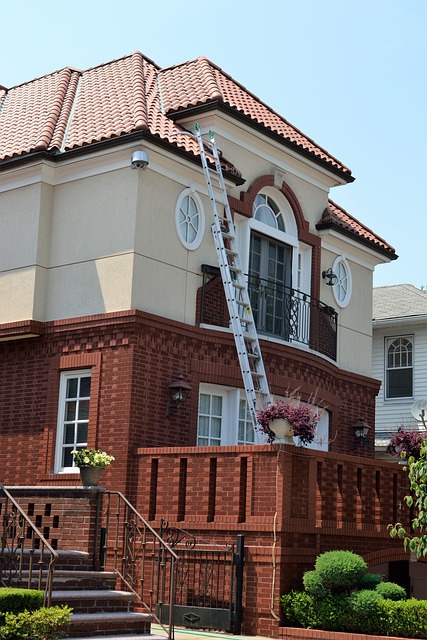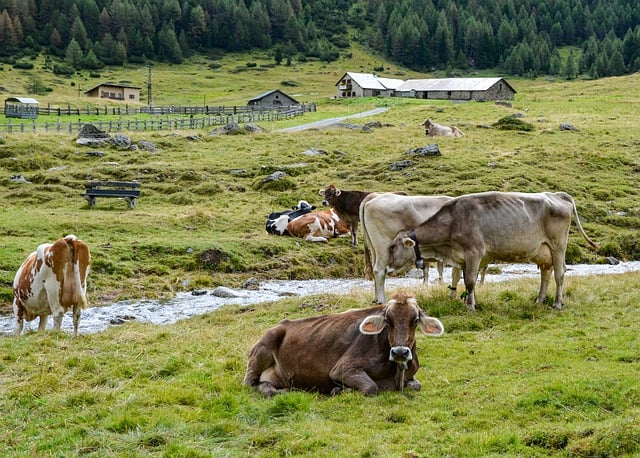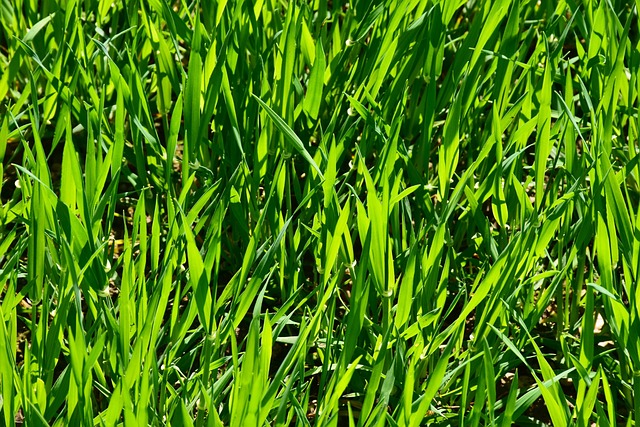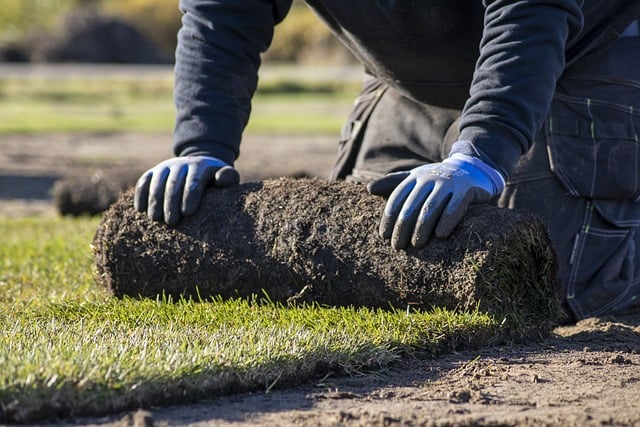Proper landscaping design transforms outdoor spaces into harmonious, functional areas that enhance curb appeal and provide year-round enjoyment. Key planning steps include understanding client goals, considering lighting, climate, and existing vegetation, as well as evaluating lawn care needs based on sun exposure, foot traffic, and water availability. Incorporating native plants and drought-resistant shrubs reduces watering requirements, aligning with sustainability practices. Before starting, assess your yard's unique characteristics, lifestyle preferences, and visualize your ideal outdoor space, guiding design choices and ensuring a tailored, inviting landscape for relaxation and enjoyment.
“Transform your outdoor space into a thriving oasis with our comprehensive guide to landscaping design. From initial planning to ongoing care, this article is your roadmap to achieving a beautiful, functional landscape. Discover key considerations for designing your ideal outdoor retreat, including assessing your space, incorporating aesthetics and functionality, and creating striking hardscapes and water features. Learn the essential lawn care practices and seasonal maintenance tips to keep your landscape thriving year-round.”
- Planning and Design Considerations for Landscaping
- – Understanding Your Space: Assessing the Landscape
- – Visualize Your Ideal Outdoor Space
Planning and Design Considerations for Landscaping
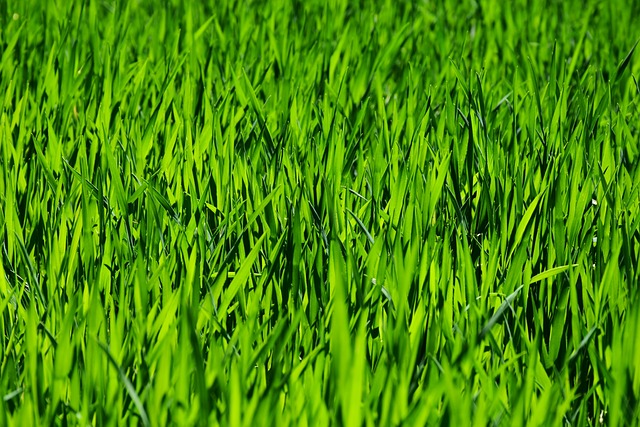
When it comes to landscaping design, proper planning is key to a successful transformation of any outdoor space. The initial stages involve understanding the client’s vision and goals, taking into account factors like lighting, climate, and existing vegetation. A well-thought-out plan ensures that every element—from pathways to plant choices—is strategically placed, considering both aesthetics and functionality. This process is crucial for creating a harmonious landscape that not only enhances the property’s curb appeal but also provides year-round enjoyment.
Effective landscaping design goes beyond mere aesthetics; it involves practical considerations like lawn care and maintenance. By selecting suitable grass types for different areas based on sun exposure, foot traffic, and water availability, designers can create low-maintenance lawns. Additionally, incorporating native plants and drought-resistant shrubs reduces the need for excessive watering, aligning with modern sustainability practices. These design choices not only save time and resources but also foster a healthier environment.
– Understanding Your Space: Assessing the Landscape

Before diving into any landscaping design, it’s crucial to understand the space you’re working with. This involves a thorough assessment of your lawn care and landscaping needs. Consider the size and shape of your yard, as well as its unique features like slopes, shadows, or existing vegetation. These factors will dictate the flow of your design, guiding where to place elements like patios, gardens, or outdoor seating areas.
Additionally, evaluate your lifestyle and preferences when assessing your landscape. Do you enjoy entertaining outdoors? Perhaps a patio or fire pit could be incorporated. Is privacy a priority? Trees and shrubs strategically placed can offer a sense of seclusion. Understanding these aspects will ensure the final design aligns with both your practical needs and personal aesthetics, creating an inviting outdoor space for relaxation and enjoyment.
– Visualize Your Ideal Outdoor Space

Before diving into lawn care and landscaping, take a moment to visualize your ideal outdoor space. Imagine how you want your yard to look and feel—is it a tranquil oasis with lush greenery and a sparkling pond? Or perhaps a vibrant garden filled with colorful flowers, fragrant herbs, and buzzing bees? Picture the activities you enjoy outdoors: entertaining guests, relaxing in a sun-drenched spot, or playing with your kids. This mental exercise will guide your landscaping design decisions, ensuring that the final product aligns perfectly with your desires.
Once you have a clear vision, it’s time to translate those ideas into actionable steps. Research different lawn care and landscaping techniques specific to your region and climate. Consider the materials needed—from topsoil and plants to patio stones and outdoor lighting—and how they contribute to the overall look and functionality of your space. Remember, effective planning is key to achieving a stunning and sustainable landscape that enhances your home’s curb appeal and provides years of enjoyment.
Incorporating thoughtful landscaping design and implementation goes beyond aesthetics; it enhances your outdoor living spaces, promotes environmental health, and increases property value. By understanding your space, visualizing your ideal outdoor oasis, and considering sustainable practices, you can transform your lawn care into a vibrant landscape that flourishes with beauty and functionality. Embrace the power of nature and let your creative vision guide you in crafting a stunning outdoor environment.


